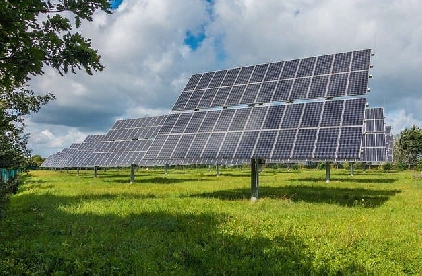
Allowing a new solar farm to be built on the edge of the Shropshire Hills Area of Outstanding Natural Beauty would harm the landscape and take valuable agricultural land out of food production, a hearing has been told.
The proposals for a site off Squirrel Lane in Ledwyche were aired before a planning inspector on Tuesday as the company behind the scheme put forward its arguments to have Shropshire Council’s decision to refuse the scheme overturned.
On the other side of the room, councillors from the authority’s southern planning committee stood by their decision back in September to refuse the scheme – a move which went against the recommendation of planning officers.
Inspector John Woolcock will issue his decision on whether to allow the appeal for the 12 megawatt facility in the next few weeks, following a site visit.
One of the grounds for refusal cited in the council’s decision notice was that the scheme, put forward by Ledwyche Solar Ltd, a subsidiary of Edinburgh-based renewable energy firm Logogen, would “have an adverse effect on the setting of the AONB and public rights of way”.
However John Ingram from Stephenson Halliday, the appellant’s landscape consultancy, told the hearing: “This site was selected, among other reasons, because it benefits from substantial existing screening around the site. That very much limits the extent of the landscape and visual effects.”
Mr Ingham said there were other developments in the vicinity, including the National Grid substation and “large utilitarian farm buildings”.
Council planning officer Grahame French said the potential impact of the scheme on the setting of the AONB was a key consideration, with the site boundary lying less than two kilometres from the edge of the AONB at its nearest point.
He added that the site’s proximity to the medieval town of Ludlow should also be factored in.
Mr French said: “There is a significant local tourism industry which depends on the integrity of the landscape as part of the attraction of Ludlow and its role as a principal settlement supporting the AONB and its tourism.”
He added that the existing solar farm on the opposite side of Squirrel Lane and other “industrial extensions to Ludlow” were better screened from surrounding viewpoints – including some from within the AONB and footpaths along the Shropshire Way – than the appeal site.
But Mr Ingham countered that there was only one point from which the site would be clearly viewed from the AONB for around 50 to 75 metres.
Councillor Claire Wild drew the inspector’s attention to a council-endorsed report identifying potential wind and solar energy sites across the county, commissioned in 2021 by the Shropshire Climate Action Partnership, which does not identify the application land as a potential site.
Gwion Lewis KC, counsel for the appellant, stressed that the report was not a statutory planning document and criticised the council for raising it at the hearing without prior notice.
Councillor Andy Boddington, who proposed refusal of the scheme at the committee meeting in September, argued that the applicant should have considered “other sites of lower quality land”.
The appellant accepted that 95 per cent of the site had been graded ‘3a’, the lowest classification of ‘best and most versatile’ (BMV) land, which planning policies say should be protected from development.
However they argued that other nearby sites of lesser agricultural value had been ruled out because they were either in the AONB or had other constraints.
Councillor Claire Wild said the 28.5 hectare site was capable of producing a quantity of potatoes equivalent to “211 million portions of chips” over the 40-year lifespan of the solar farm.
She said: “We are in a food crisis with only 60 per cent food sufficiency in the UK at this time.”
Councillor Wild added that the proposed use of the grass beneath the solar arrays for sheep grazing was limited as it would not be suitable for ewes and lambs.
Alastair Field, the applicant’s agricultural consultant, said the current food shortage was driven by “economic and political” factors.
Mr Field said the UK was in fact 80 per cent sufficient in crops capable of being grown in the country, and entirely self-sufficient in the crops grown on the application site.
He also pointed out that the council had recently approved four other solar farms, three of which included greater areas of BMV land.


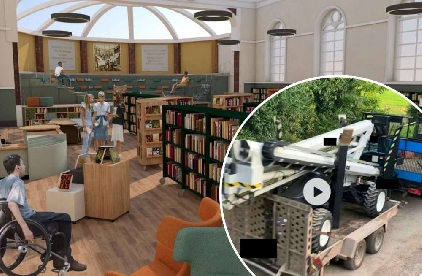 Key planning bids to be decided next week
Key planning bids to be decided next week
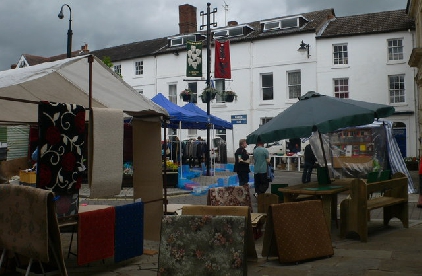 Leominster Friday Market cancelled as county braces for Storm Eowyn
Leominster Friday Market cancelled as county braces for Storm Eowyn
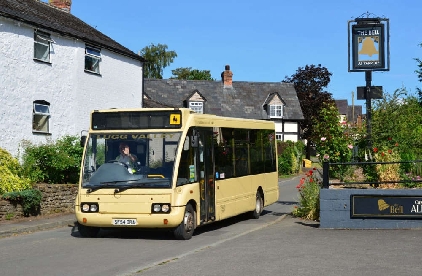 Rush to replace dropped bus services
Rush to replace dropped bus services
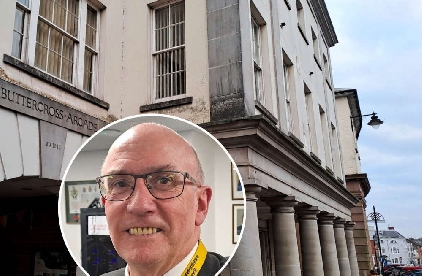 Former bank building in Leominster to be used for social housing
Former bank building in Leominster to be used for social housing
 Woman dies in Bush Bank collision
Woman dies in Bush Bank collision
 Marcus Meade's family demand answers as vigil held for man shot dead by police
Marcus Meade's family demand answers as vigil held for man shot dead by police
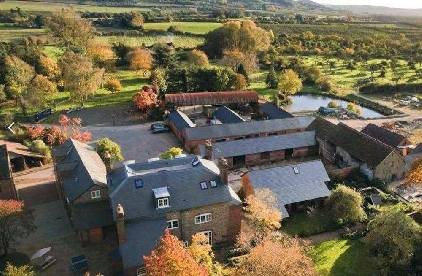 Ambitious plans to expand rural events venue
Ambitious plans to expand rural events venue
 Man arrested on supicion of murder in Hereford still being questioned
Man arrested on supicion of murder in Hereford still being questioned

